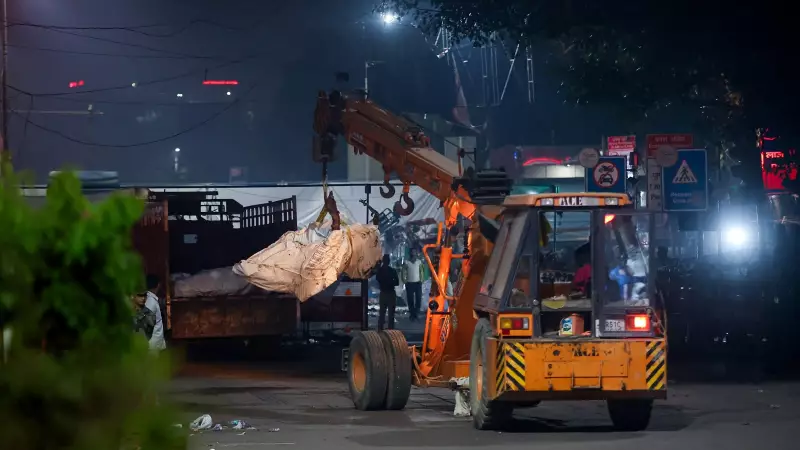
A Capital Shaken After Years of Calm
On November 13, 2025, a powerful explosion shattered the evening calm near the Red Fort Metro Station in the national capital, marking a grim return of large-scale terror to Delhi after a lull of nearly a decade and a half. The blast resulted in 13 fatalities and left several others injured, instantly evoking memories of the more frequent attacks that characterized the 1990s and early 2000s.
While initial reports were confused, authorities have now confirmed the incident as a terror attack. However, evidence suggests it may not have been a meticulously planned or targeted strike. Investigators indicate that the attacker, possibly in a state of panic, may have had no specific target when the bomb detonated.
The Faridabad Module and a Dangerous New Trend
A closer look into the incident points to a direct link with a major success by Indian security agencies just days prior. The agencies had recovered a staggering 2.9 tonnes of ammonium nitrate and dismantled a terror module based in Faridabad. The Red Fort blast is seen as a potential desperate measure by individuals connected to this bust, who, while being pursued, might have driven the explosive-laden car into a busy area to cause maximum damage.
This event underscores a significant and alarming shift in the tactics of terror outfits. The most startling aspect of the investigation has been the revelation of the Faridabad module's composition. This nine-to-ten-member sleeper cell, allegedly linked to the Pakistan-based Jaish-e-Mohammad (JeM), included an astonishing four to six doctors. Furthermore, two additional doctors from Kashmir have been detained for questioning.
This indicates a dangerous new modus operandi. Previously, terror groups primarily targeted unemployed, vulnerable, and often uneducated youth for radicalization. Now, they are systematically indoctrinating educated, middle-aged individuals with respectable white-collar jobs. The strategic advantage for the terror groups is clear: such individuals do not typically appear on the radar of security agencies and can operate unnoticed, making them ideal for sleeper cells.
Expanded Challenges for India's Security Apparatus
The ramifications of this new trend are profound for India's fight against terrorism. The busted cell was not confined to one location but was active across Jammu and Kashmir, Uttar Pradesh, and Haryana. Reports also suggest that a woman doctor was in the preliminary stages of forming a women's terror cell, indicating the strategy's evolving nature.
While the work of agencies like the National Investigative Agency (NIA) and the Intelligence Bureau (IB) in preemptively busting numerous networks, including the one in Faridabad, has been commendable, this new development exponentially increases their challenge. The task is no longer limited to monitoring traditional hotspots and profiles.
Security forces must now deploy all possible resources, advanced technology, and human intelligence to identify and neutralize this new breed of terrorist. The fight against terror, it seems, has entered a more complex and insidious phase where the enemy could be a respected professional living next door. As the investigation continues, it is clear that the agencies' job has become far more difficult, demanding a complete overhaul of surveillance and profiling strategies to counter this white-collar threat.





